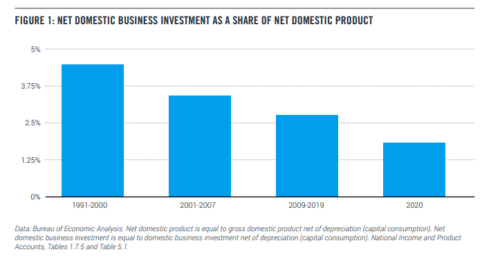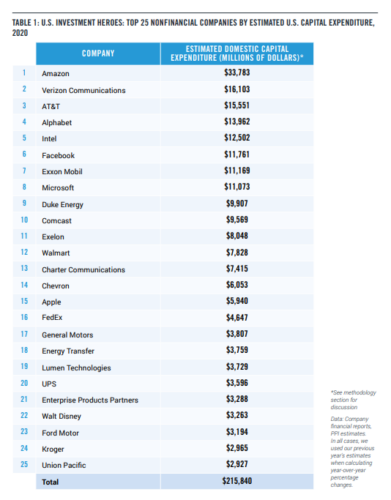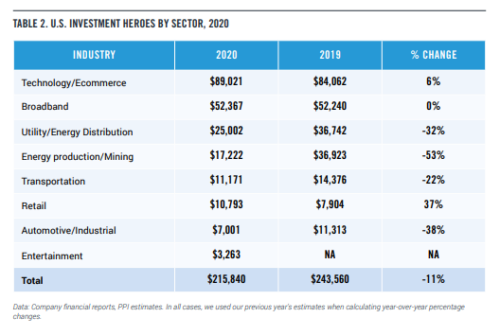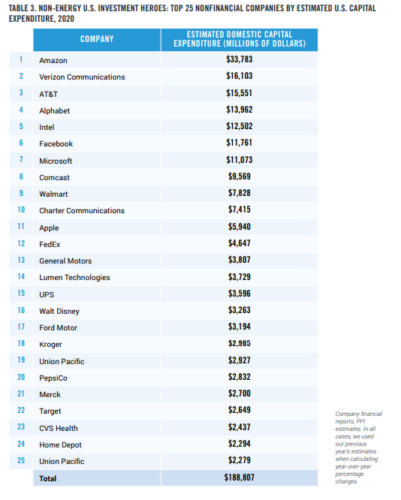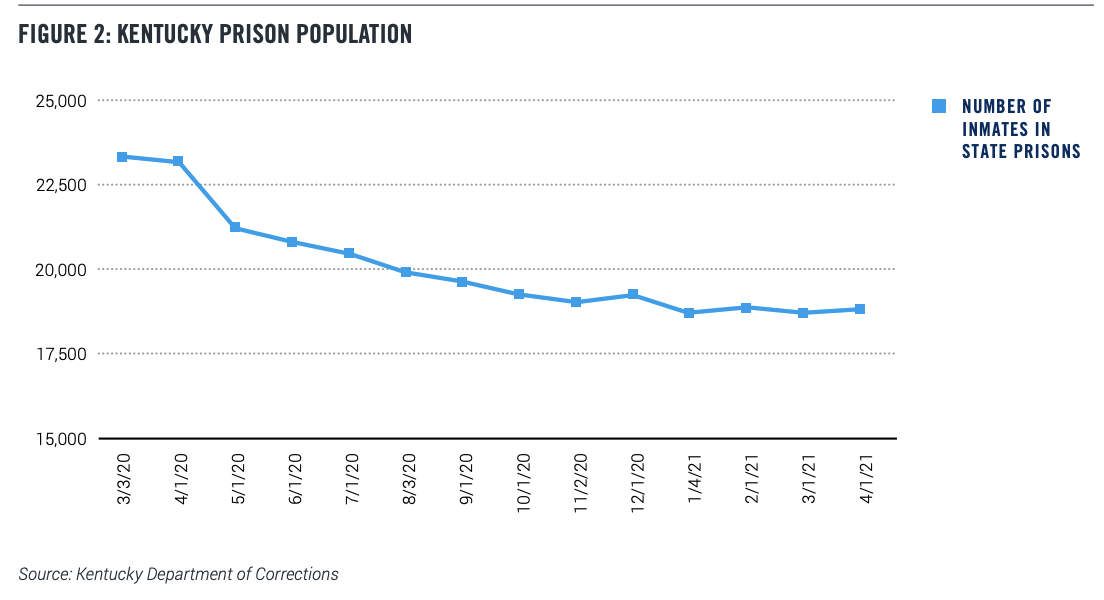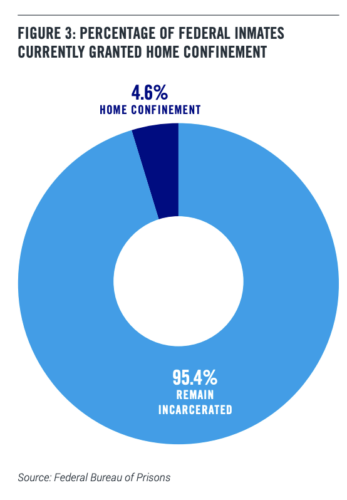In an op-ed recently published in USA Today, I urged Congress and the Biden administration to take the simplest, most direct path to universal broadband connectivity by moving past the Far Left’s obsession with government-owned networks and misguided “future proofing” symmetric speed mandates:
There are two paths Congress can take: a relatively simple, direct approach that builds on the strengths of our current broadband ecosystem and closes the digital divide in rural and urban areas with targeted, laser focused subsidies.
Then there is the speculative, over-regulatory approach pushed by some beltway zealots and special interests — unnecessarily overcomplicating this challenge with far-left shibboleths that have failed miserably in the past.
This isn’t that complicated; the shortest distance between two points is a direct line. To get the job done, we should focus on the most direct path and be willing to take yes for an answer.
A new analyst report recently issued by New Street Research, a top independent research firm, provides additional quantitative backup for this argument.
In a detailed analysis, New Street’s Jonathan Chaplin, who focuses on the tech and communications sector, explains how efficiently and competitively distributing funds to proven, capable providers could wire every unserved home across rural America well within the $100 billion budget President Joe Biden has put on the table — and even within the $65 billion compromise number.
But the price tag balloons massively if the targeted goal of universal access is replaced with scatter shot programs to subsidize new networks, give preference to government-owned broadband networks (GONs) and nonprofit providers, and impose price controls.
Chaplin concludes:
1) We can close the broadband gap with a subsidy of $35 billion to $75 billion;
2) We can close the gap and have two future-proof providers in 90% of the country with a subsidy of $99 billion to $227 billion;
3) Those costs would increase to $53 billion to $90 billion and $158 billion to $298 billion if subsidies go to new entrants (municipalities; co-ops);
4) The cost goes up considerably from there if the administration also mandates lower prices.
Based on the above, the administration should absolutely fund closing the gap; it is far better to fund existing carriers than new entrants. Funding competition would be economically, politically and legally challenging. All objectives are less achievable if coupled with price regulation.
These findings shouldn’t come as a surprise to anyone who has followed broadband policy debates over the past decade.
It’s clear that closing the deployment gap is well within reach given the budgets on the table. If the money is spent well and targeted at truly unserved areas, universal deployment can, finally, be achieved.
But New Street’s modeling confirms that $65 billion won’t be nearly enough funding if Congress decides to redefine “unserved” homes to include any not currently reached by symmetric 100/100 Mbps networks. Under that definition, almost 60% of all homes nationwide would be considered “unserved.” And funds would flow to places like Aspen and Palm Beach rather than unconnected rural families. There is simply no empirical evidence to support an eligibility standard of 100/100. To the contrary, all evidence is that broadband use is and will remain asymmetrical. Downstream-to-upstream ratios steadily increased from 3:1 in 2010 to 14:1 in 2019 before dipping slightly to 12:1 during the pandemic. Setting a symmetrical 100/100 Mbps eligibility standard would result in truly unserved areas being left out again.
In addition, GONs are not the panacea advocates like to pretend. Many cities have tried — and failed — to make a go of municipal broadband. University of Pennsylvania Professor Christopher Yoo surveyed every municipal fiber project that publicly reports its financial results, and found that over half could not cover their operating costs. Provo, Utah, taxpayers lost almost $40 million when it sold its failing municipal broadband network for just $1. Burlington, Vermont, saw its credit rating downgraded to junk bond status after spending $33.5 million on a municipal network that failed to keep up with its debt. Accordingly, New Street recognizes that new providers that have little if any experience will require even greater subsidies, thus ballooning the costs further.
These data points ultimately validate the simpler, more direct approach to broadband infrastructure buildouts represented in the Manchin-Cornyn framework. There is broad, bipartisan support for a rural broadband package targeting taxpayer dollars to unserved areas in an accountable manner that encourages every broadband provider to compete on equal footing to close broadband gaps as quickly and cost-effectively as possible.
Now, it’s up to Congress and the administration to take “yes” for an answer.





